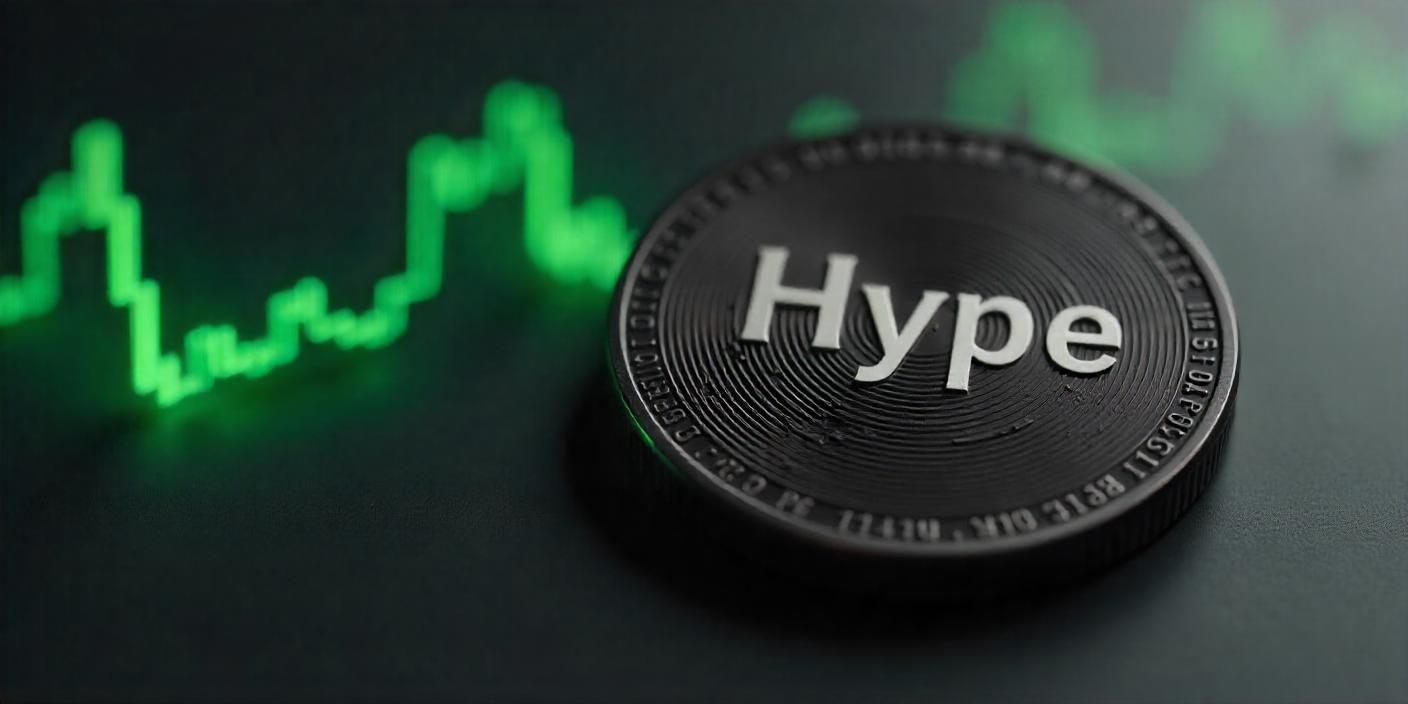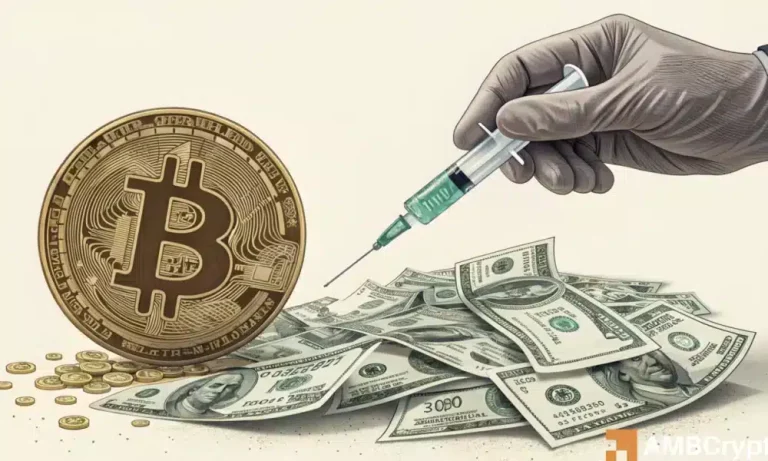
In the ever-evolving world of decentralized finance (DeFi), Hyperliquid has emerged as a groundbreaking platform redefining on-chain trading and token economics. With its innovative features and impressive market leadership, this high-speed platform is setting new standards for DeFi traders, competing against some of the largest centralized exchanges (CEXs). Let’s dive into why Hyperliquid and its $HYPE token are generating so much attention.
Record-Breaking Airdrop That Changed the Game
Back in 2024, Hyperliquid executed one of the largest airdrops in DeFi history, distributing 31% of $HYPE’s total supply to over 90,000 wallets. Unlike traditional protocols with venture capital backing, Hyperliquid’s retail-focused distribution put the majority of its tokens in the hands of everyday traders. This strategic approach fostered strong community alignment and engagement, avoiding concentrated ownership by institutional investors.
Since then, engagement on the platform has remained robust, with tokenholders empowered by transparent governance and a fair distribution model. This initial momentum solidified Hyperliquid’s standing as an outlier in the crowded DeFi market.
What Makes Hyperliquid Unique?
At its core, Hyperliquid is a decentralized platform specializing in perpetual derivatives trading. What sets it apart are its next-level features:
- Zero gas fees
- Ultra-fast order execution
- Deep liquidity
- No KYC or sign-up requirements
These features create a seamless trading experience, rivaling the efficiency of centralized exchanges without compromising the principles of decentralization. Interested in starting your on-chain trading journey? Click here to try Hyperliquid and unlock a trading bonus.
Surpassing Ethereum in On-Chain Revenue
In July 2025, Hyperliquid stunned the blockchain industry by generating 35% of all blockchain fee revenue, surpassing the likes of Ethereum and Solana. This dominance exemplifies a major shift of liquidity from centralized platforms to decentralized infrastructure, solidifying its position as a leader in the global derivatives market. Data indicates that Hyperliquid now holds a substantial 6.1% share of global derivatives trading — a feat made possible by its speed, cost efficiency, and transparency.
Revolutionary Buyback Mechanism Driving $HYPE Demand
A standout feature of the Hyperliquid ecosystem is its Assistance Fund, which creates constant buy pressure for the $HYPE token. Here’s how it works:
- 97% of platform trading fees are redirected to buyback $HYPE tokens from the open market.
- Since January 2025, this mechanism has accumulated 28.5 million $HYPE, valued at approximately $1.3 billion.
With the platform generating roughly $5 million in daily revenue, projections suggest the circulating supply of $HYPE could be repurchased entirely within just 1.5 to 3.4 years. Unlike traditional token burns, this buyback model is automated, transparent, and designed to reward active users.
Governance Proposals Shaping Hyperliquid’s Future
Hyperliquid’s governance roadmap further bolsters its growth trajectory, introducing innovative proposals to expand its market scope:
- HIP-1: Communities can bid using $HYPE for listing tokens, ensuring high-quality additions.
- HIP-2: Native liquidity pools offer deep initial order books for new listings.
- HIP-3: Permissionless perpetual markets allow anyone staking $1M worth of $HYPE to introduce derivatives for commodities, equities, and beyond.
HIP-3, in particular, is revolutionary, bridging the gap between DeFi and traditional finance (TradFi). It positions Hyperliquid as a potential super-platform capable of absorbing market share from legacy financial institutions.
Where Is the $HYPE Price Headed?
The future of $HYPE looks promising, supported by three key factors:
- Robust Trading Volumes: Consistent monthly trading volumes of ~$300 billion sustain buyback momentum.
- Global Expansion: Innovative governance proposals ensure Hyperliquid captures non-crypto markets such as commodities and equities.
- Retail-Centric Token Distribution: Limited institutional ownership minimizes risks tied to large sell-offs.
Short-Term Outlook: Consolidation around $60–$80 is expected, supported by consistent buyback-driven demand.
Mid-Term Outlook: If Hyperliquid achieves a double-digit share of the derivatives market, $HYPE’s valuation could cross $100.
Long-Term Outlook: Successful execution of HIP-3 could catapult $HYPE into a multi-hundred-dollar token valuation, rivaling leading layer-1 protocols.
Conclusion: A New Era for DeFi
Hyperliquid’s rise highlights a pivotal moment for decentralized finance — a moment where DeFi not only competes with but also surpasses traditional models of centralized finance. With its record-breaking buyback mechanism, community-first governance, and innovative tokenomics, Hyperliquid is well-positioned to transform the DeFi landscape.
As cryptocurrencies evolve, platforms like Hyperliquid are proving that scalability, transparency, and user empowerment can go hand-in-hand. For traders and investors, this could be the dawn of a new era of unparalleled opportunities in decentralized finance.



